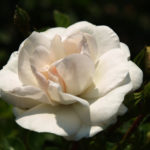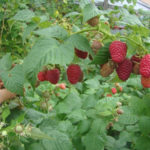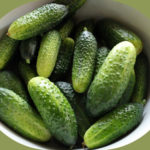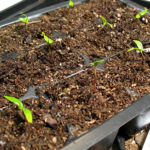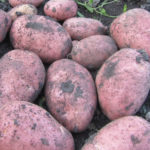Honeysuckle variety Tomichka
Among the new berry crops that have been actively spread in recent decades in Russia, honeysuckle has a prominent place. This plant attracts attention with many of its qualities, but the main one is the ability to grow and bear fruit in the northern regions, where other fruit crops show low results. The Tomichka variety, which we will now talk about, is an example of a popular and demanded variety of honeysuckle.
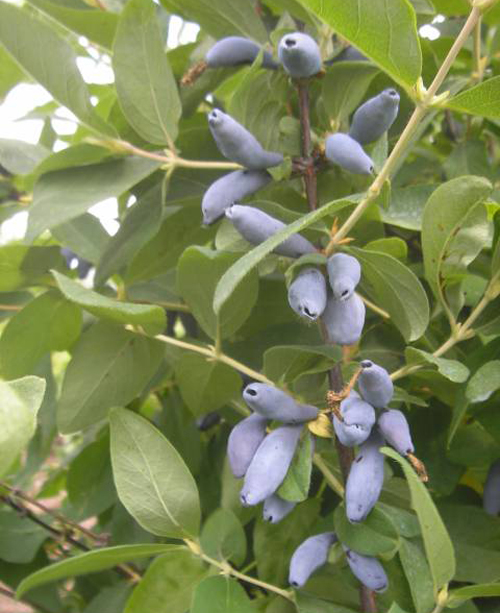
Creation information
It is known that the variety was bred on the plantations of the Bakcharsky support point of the N.I. MA Lisavenko, in the south of the Tomsk region. Bakchar specialists are recognized leaders in the study of honeysuckle and the introduction of its new varieties. This almost legendary kennel has been operating since the mid-30s! Over the past decades, colossal work has been done to introduce various crops to the northern regions of the country. But honeysuckle is the main pride of the Bakchar people!
We can only add that a team headed by IK Gidzyuk and ZI Luchnik worked on Tomichka. To obtain a new variety, seeds from an elite seedling of Turchaninov's honeysuckle were used. The variety was approved for admission in 1984 and received certification three years later.
Description of appearance
The bush is medium-sized, about the height of a person, compressed at the base and slightly spreading from the middle, due to the fact that the ends of the shoots slope towards the ground. Light pubescence is noted on the leaf blade, the leaves themselves are medium-sized, light green or green, oval, with a pointed tip. Small flowers are pale green in color.
The shape of Tomichka's berries is very characteristic! Their apex is strongly flattened, even slightly depressed, which is not observed in any of the honeysuckles. The shape of the fruit is compared with a cylindrical, and with a jug-like, and with a drop-shaped.
The berry itself is quite large, it can be up to 23-25 mm long and weigh close to one gram. The color of the ripe fruit is dark purple, with a waxy-smoky bloom characteristic of all honeysuckles. The berries ripen early, in some cases by mid-June. Other characteristics of the fruit:
- the surface is slightly bumpy, with a thin skin;
- the pulp is juicy, with a pleasant sweet and sour taste;
- ripe berries quickly crumble from the branches, and this is almost the main drawback of the variety;
- the average yield is 2 - 2.5 kg per bush, provided that the berries are harvested on time.
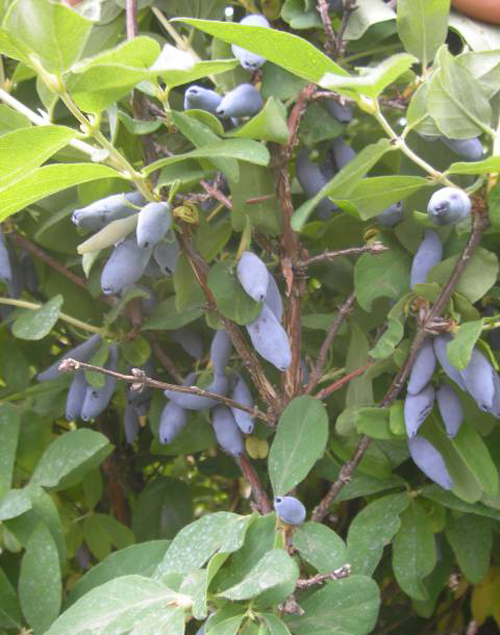
The planted plant usually begins bearing fruit in the fourth year.
Features of agricultural technology and use
Tomichka, like most honeysuckles, is not capable of self-pollination. As pollinators, varieties bred on the basis of Turchaninov's honeysuckle, as well as Bakcharskaya, Blue spindle, Blue bird, Pavlovskaya and some others.
Differs in excellent frost resistance, withstanding severe frosts of Siberia. It is also resistant to pests, occasionally it can only be affected by aphids. Prefers moist, but loose and well-aerated soils, especially sandy loam and loam. In more southerly, arid regions, it gives good yields only under the condition of regular and abundant watering.
Has universal use in the household. Berries can be eaten fresh, they are rich in vitamins and amino acids. They are widely known as a raw material for jams, jams, compotes and other preservation. It is noteworthy that this variety, along with several others, makes it possible to make food colors used for making wines, including the famous Georgian "Kakheti".
Also, one cannot but recall the decorativeness of Tomichka.Its tall, compact bushes can be a decoration of the garden, especially considering that they grow in one place for up to 30 years or more!
